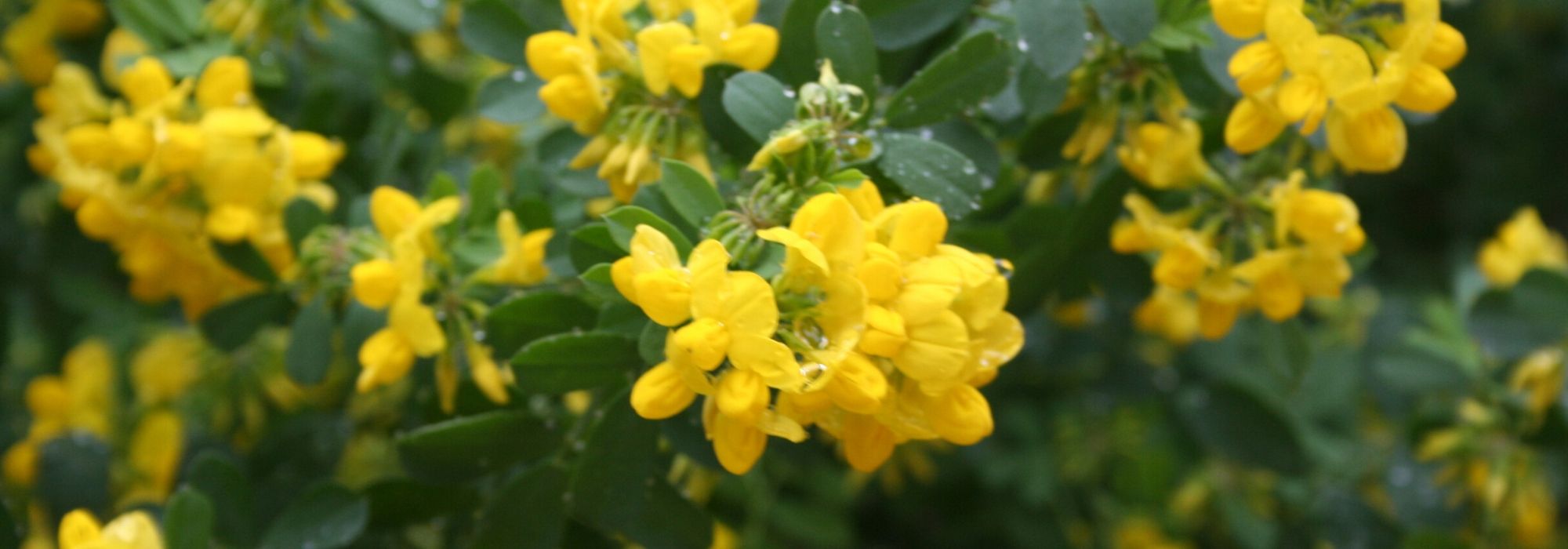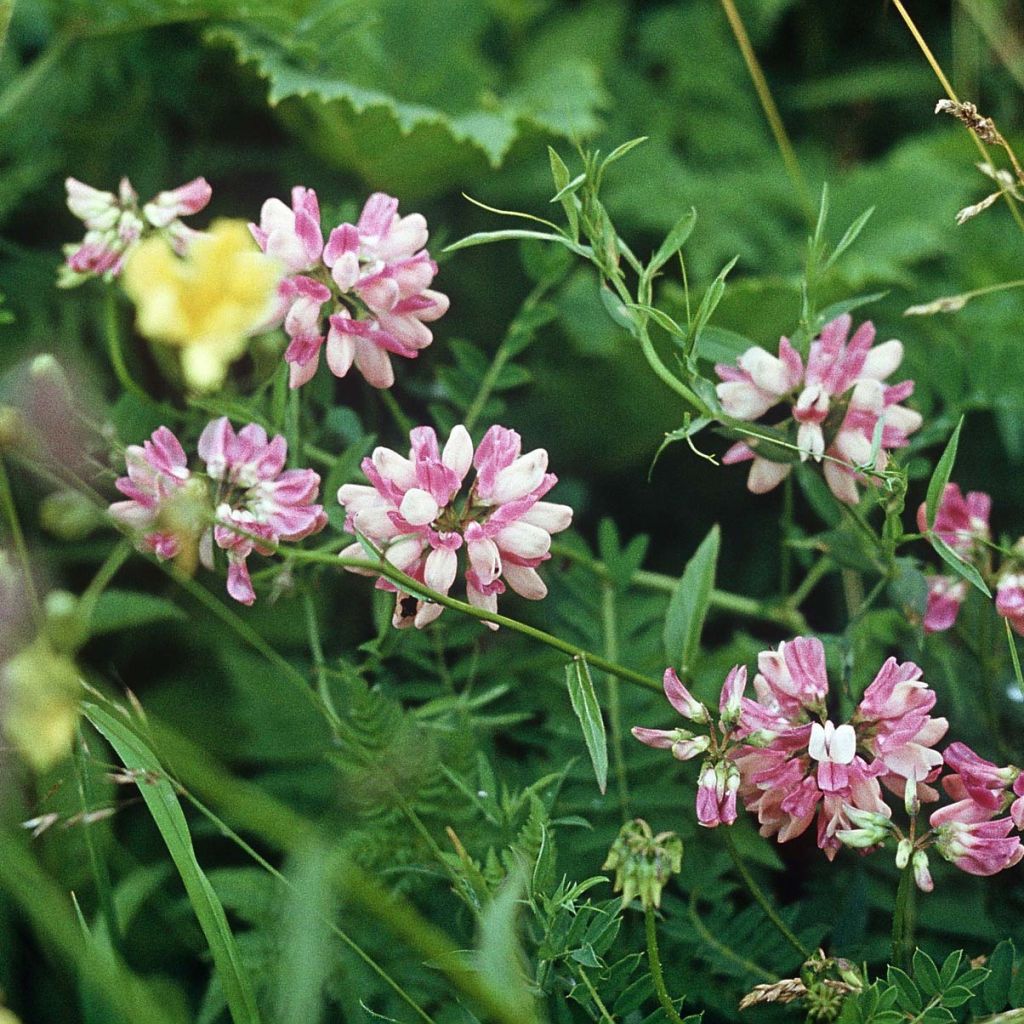

Coronilla varia
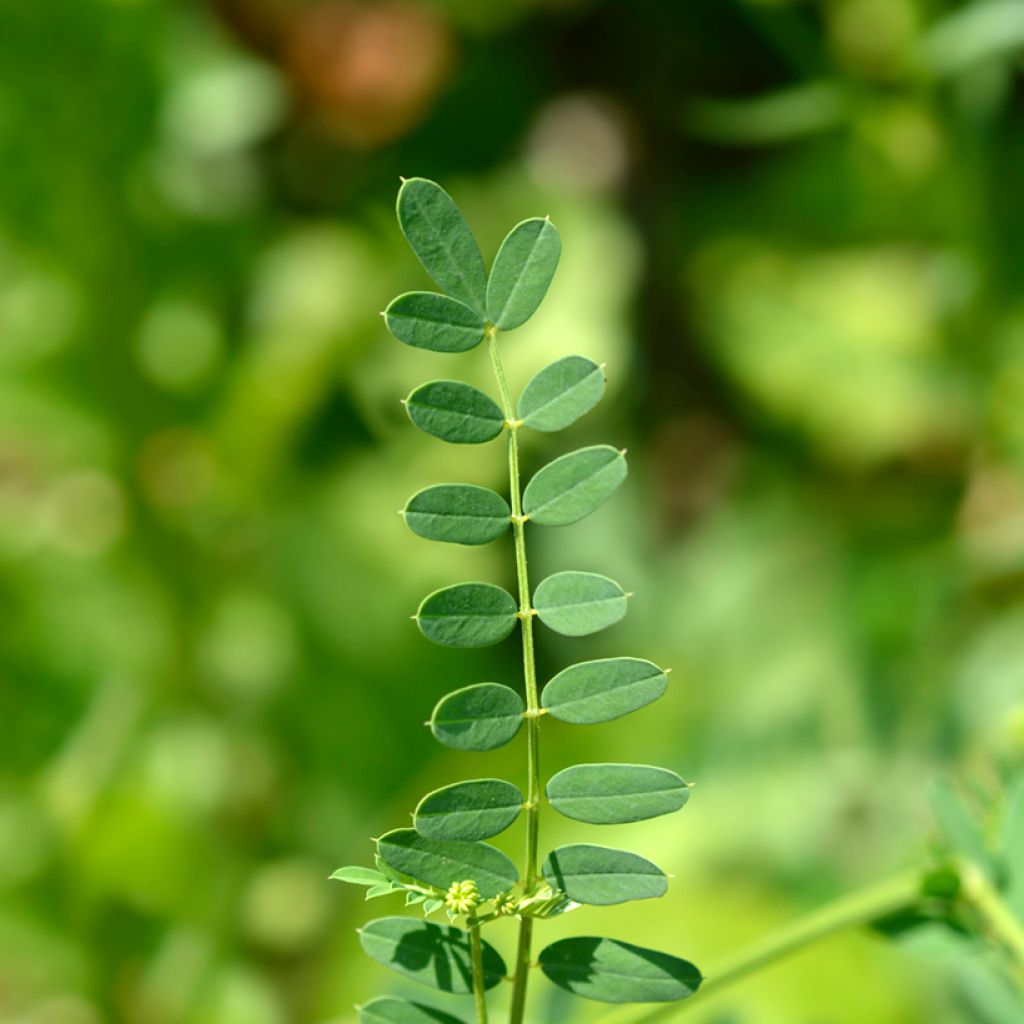

Coronilla varia
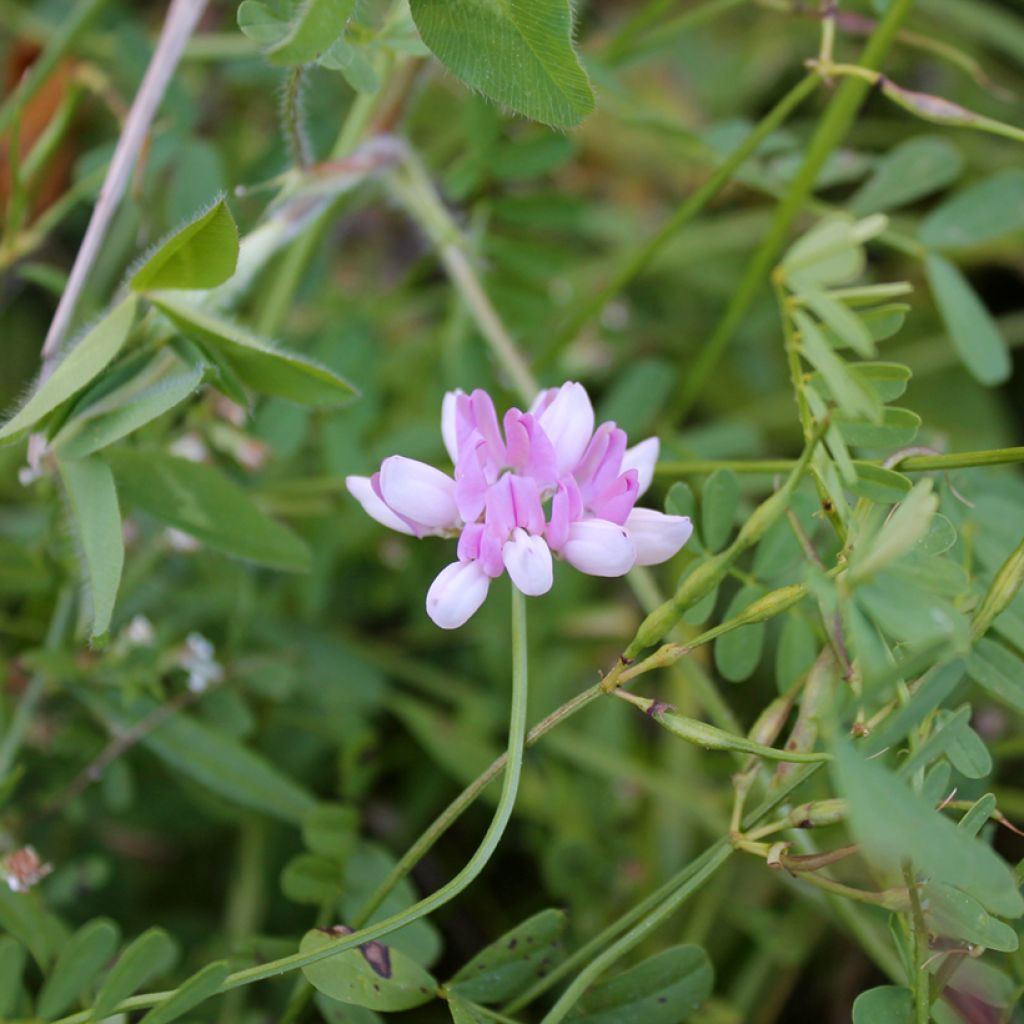

Coronilla varia
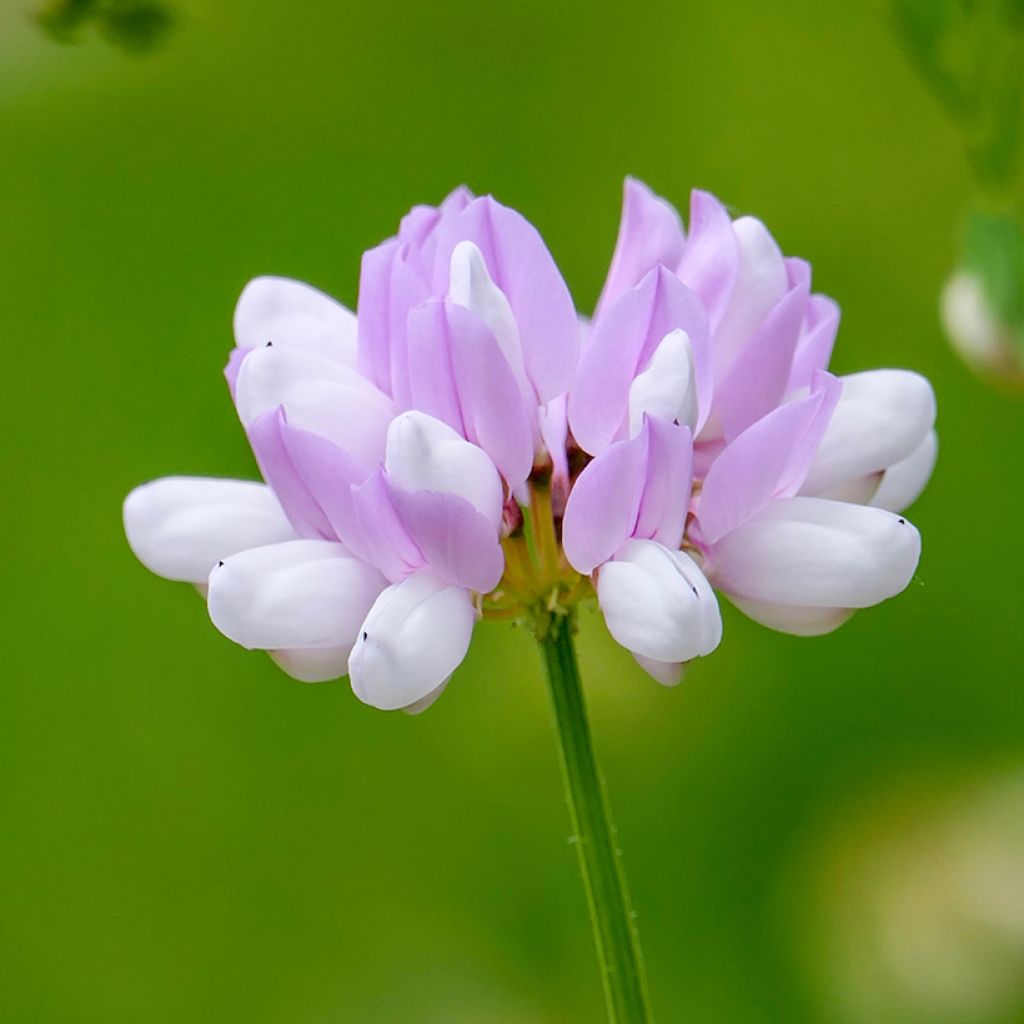

Coronilla varia
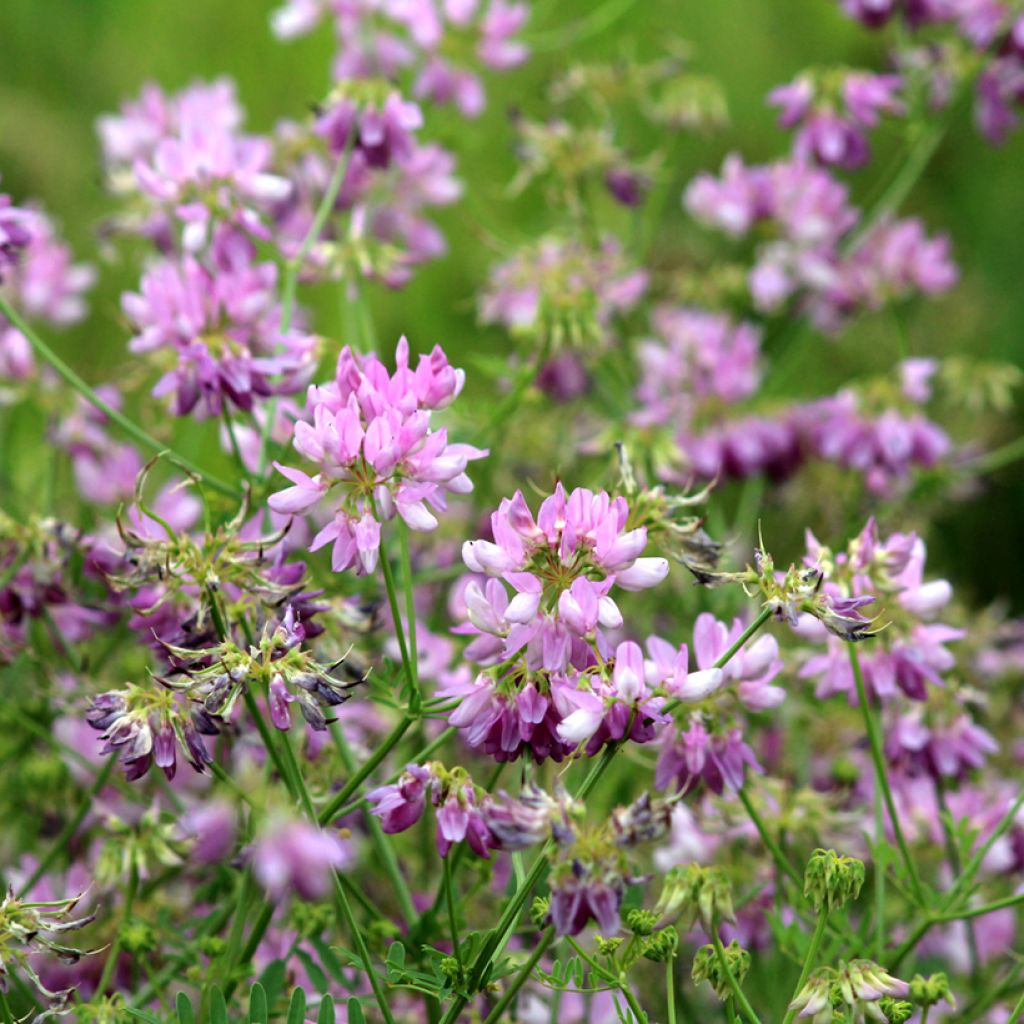

Coronilla varia
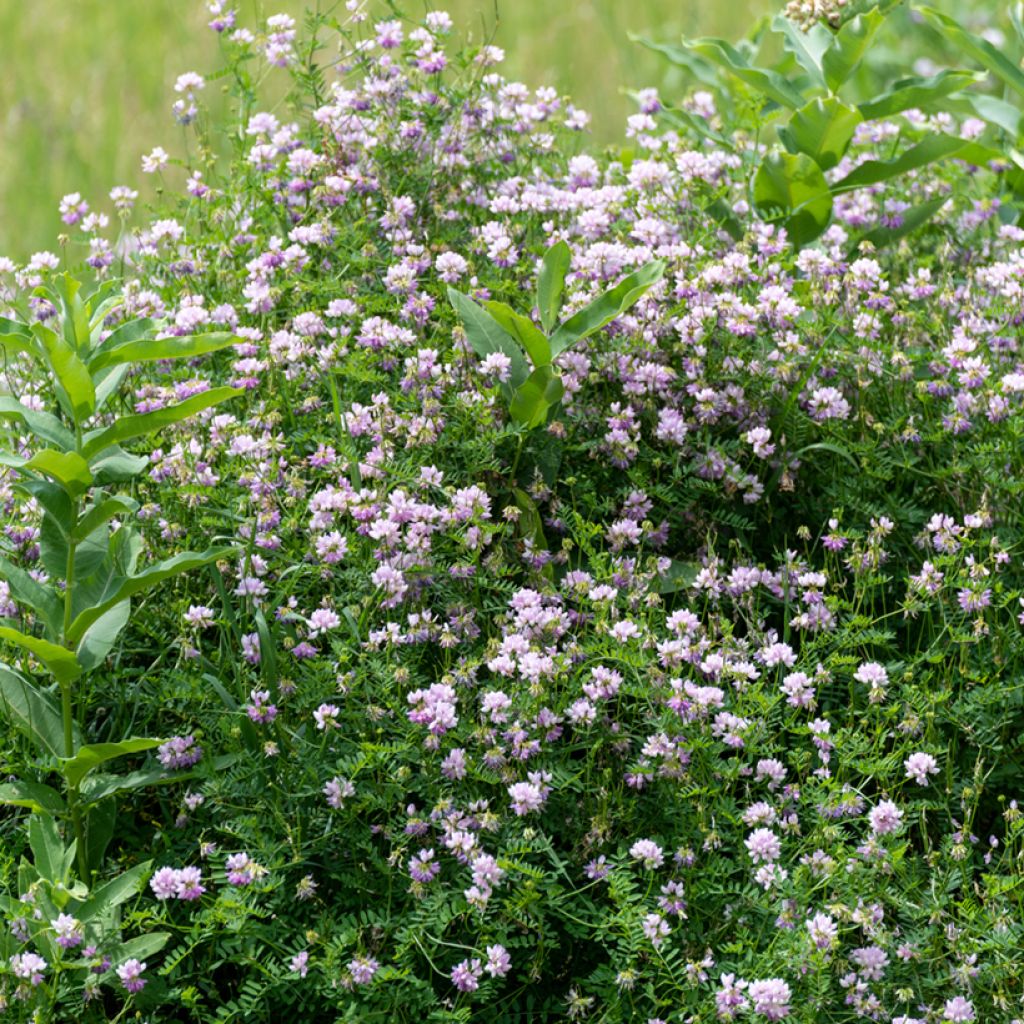

Coronilla varia
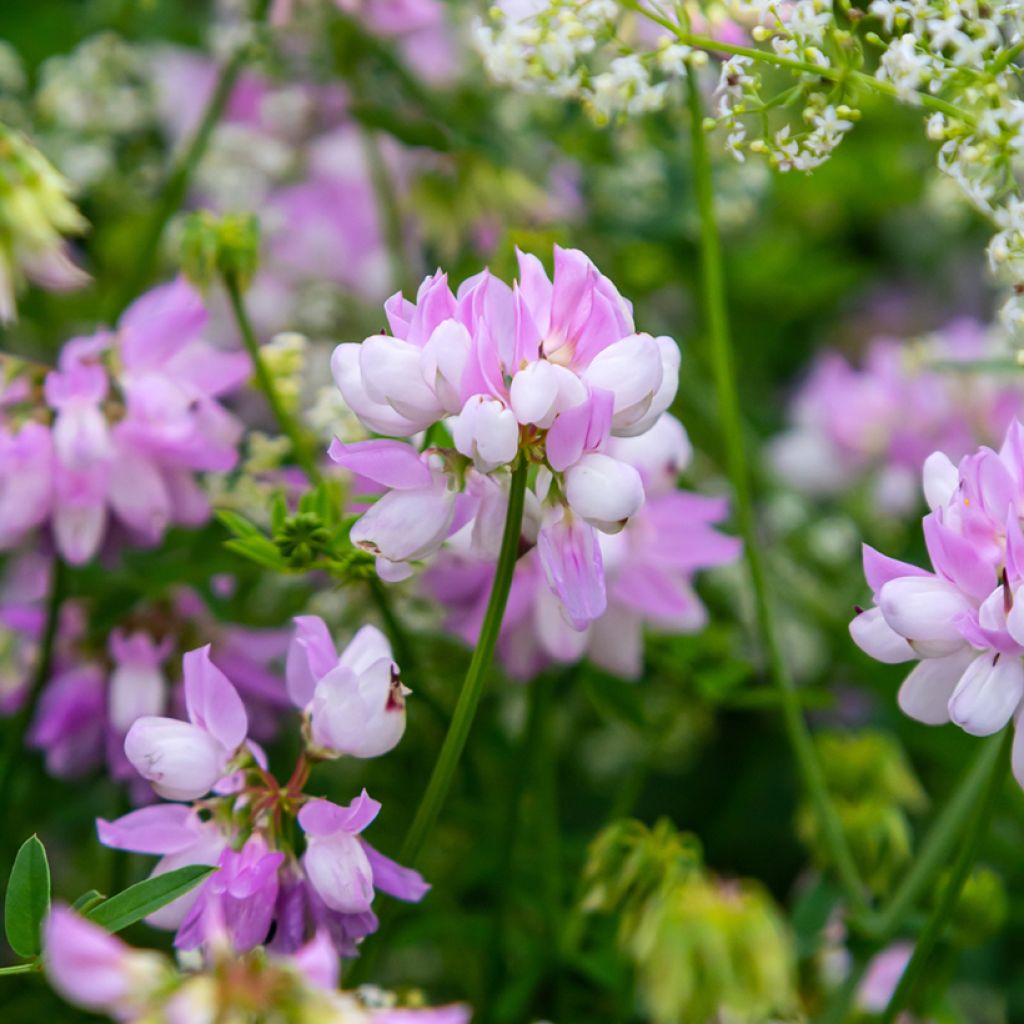

Coronilla varia
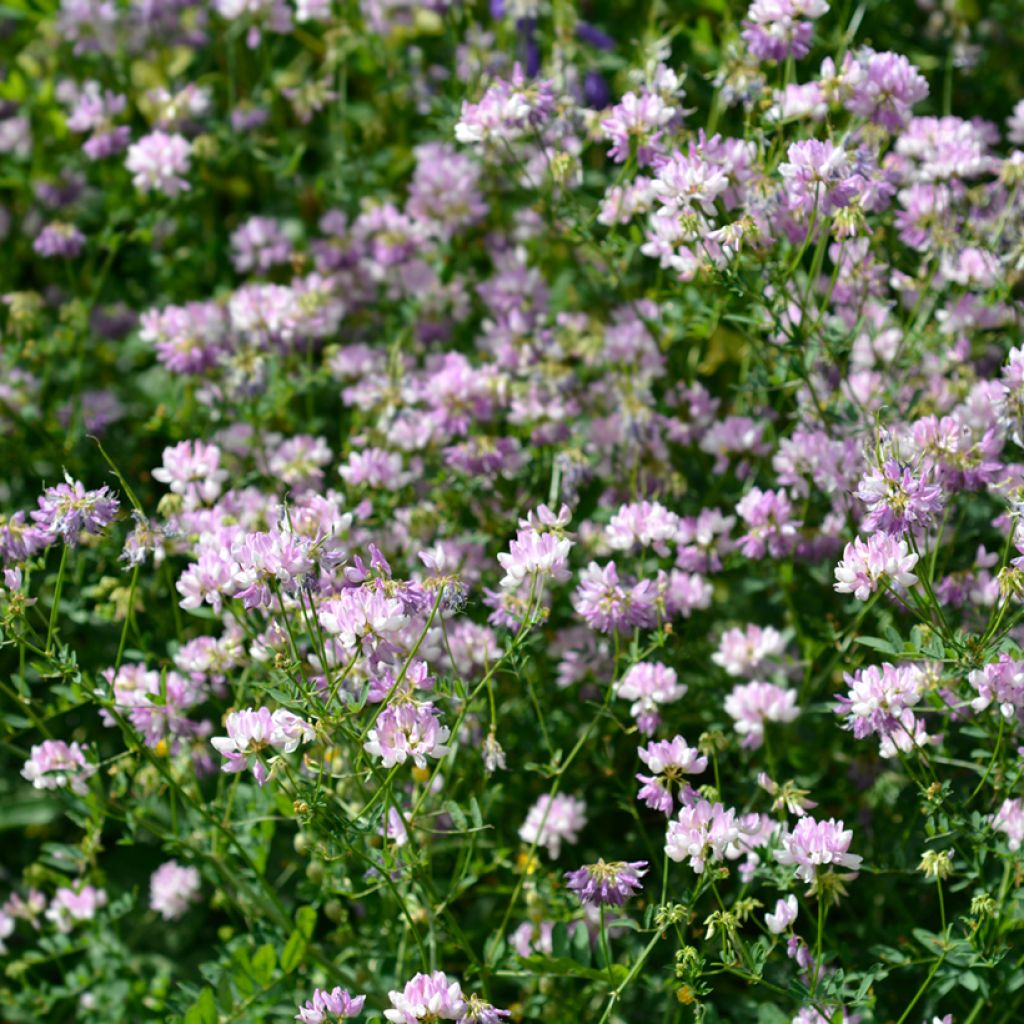

Coronilla varia
Coronilla varia
Coronilla varia
Crown Vetch
Garden coronilla received in very good condition and planted without any issues. Now waiting for its flowering...
PRPIF, 18/12/2024
Special offer!
Receive a €20 voucher for any order over €90 (excluding delivery costs, credit notes, and plastic-free options)!
1- Add your favorite plants to your cart.
2- Once you have reached €90, confirm your order (you can even choose the delivery date!).
3- As soon as your order is shipped, you will receive an email containing your voucher code, valid for 3 months (90 days).
Your voucher is unique and can only be used once, for any order with a minimum value of €20, excluding delivery costs.
Can be combined with other current offers, non-divisible and non-refundable.
Home or relay delivery (depending on size and destination)
Schedule delivery date,
and select date in basket
This plant carries a 12 months recovery warranty
More information
We guarantee the quality of our plants for a full growing cycle, and will replace at our expense any plant that fails to recover under normal climatic and planting conditions.
Does this plant fit my garden?
Set up your Plantfit profile →
Description
Coronilla varia, also known as the variegated coronilla or changing coronilla, is wild plant in our flora that deserves a place in the garden. It is well adapted to most climates and undemanding, offering a long and delightful summer flowering made up of small crowns of flowers ranging from white to purplish pink, dominating a light foliage, cut into multiple small green leaflets. Charming and natural, this perennial finds a place in borders or countryside flower beds, in the sun or semi-shade, in any well-drained garden soil.
Coronilla varia (Synonym: Securigera varia) belongs to the fabaceae family, it is a close relative of clover, alfalfa and sainfoin. It is native to central and southern Europe, and western Asia to Iran. It is most often found on hillsides and in rather dry rocky places, on limestone or volcanic soil. It sometimes forms large, truly decorative colonies there.
This is a perennial herbaceous plant forming a spreading tuft of about 45 cm (17.7 in) in all directions on average. It develops from a creeping root, producing hollow, spreading or semi-erect stems. Its leaves are divided into 7 to 12 pairs of small oval and elongated leaflets plus one terminal leaflet, of a soft green-blue colour. The flowering, which lasts at least 2 months, takes place from May-June to August, earlier or later depending on the region. At the end of the stems, above the foliage, small umbels of 10 to 15 variegated pea flowers appear, ranging from white to pink and purple and measuring 1 cm (0.4 in). This flowering is pollinated by insects and then gives way to upright, slightly twisted pods with 4 angles, ending in a long beak. The seeds will germinate easily in light soil. The above-ground vegetation of this plant dries in winter. Note that all its parts contain the substance coronillin, which is toxic in high doses. It is therefore strongly advised not to consume this pretty plant. Like many plants in the fabaceae family, the variegated coronilla contributes to enriching and improving the soil in which it grows.
The variegated coronilla finds its place in wildflower beds or sunny borders, in a naturalistic or romantic setting. This wild plant pairs well with nepetas, baptisias, wild chamomiles, perennial delphiniums, and umbellifers like Ammi visnaga or the Baltic parsley (Cenolophium denudatum). On a slope, its association with perennial peas (Lathyrus latifolius) and blue-flowered damask flowers is absolutely superb. It can also be paired with white, pink, or mauve roses.
Coronilla varia in pictures






Flowering
Foliage
Plant habit
Botanical data
Coronilla
varia
Fabaceae
Crown Vetch
Western Europe
Planting and care
The cultivation of Coronilla varia presents no particular difficulty in any properly drained soil, even poor, rocky, sandy or limestone soil. This perennial appreciates sunny exposures, where it will be more floriferous. Once well established, it tolerates drought fairly well in summer. Remove faded flowers if you want to avoid self-seeding. This robust and hardy plant has no specific enemies in our gardens.
Planting period
Intended location
Care
Planting & care advice
-
, onOrder confirmed
Reply from on Promesse de fleurs
Haven't found what you were looking for?
Hardiness is the lowest winter temperature a plant can endure without suffering serious damage or even dying. However, hardiness is affected by location (a sheltered area, such as a patio), protection (winter cover) and soil type (hardiness is improved by well-drained soil).

Photo Sharing Terms & Conditions
In order to encourage gardeners to interact and share their experiences, Promesse de fleurs offers various media enabling content to be uploaded onto its Site - in particular via the ‘Photo sharing’ module.
The User agrees to refrain from:
- Posting any content that is illegal, prejudicial, insulting, racist, inciteful to hatred, revisionist, contrary to public decency, that infringes on privacy or on the privacy rights of third parties, in particular the publicity rights of persons and goods, intellectual property rights, or the right to privacy.
- Submitting content on behalf of a third party;
- Impersonate the identity of a third party and/or publish any personal information about a third party;
In general, the User undertakes to refrain from any unethical behaviour.
All Content (in particular text, comments, files, images, photos, videos, creative works, etc.), which may be subject to property or intellectual property rights, image or other private rights, shall remain the property of the User, subject to the limited rights granted by the terms of the licence granted by Promesse de fleurs as stated below. Users are at liberty to publish or not to publish such Content on the Site, notably via the ‘Photo Sharing’ facility, and accept that this Content shall be made public and freely accessible, notably on the Internet.
Users further acknowledge, undertake to have ,and guarantee that they hold all necessary rights and permissions to publish such material on the Site, in particular with regard to the legislation in force pertaining to any privacy, property, intellectual property, image, or contractual rights, or rights of any other nature. By publishing such Content on the Site, Users acknowledge accepting full liability as publishers of the Content within the meaning of the law, and grant Promesse de fleurs, free of charge, an inclusive, worldwide licence for the said Content for the entire duration of its publication, including all reproduction, representation, up/downloading, displaying, performing, transmission, and storage rights.
Users also grant permission for their name to be linked to the Content and accept that this link may not always be made available.
By engaging in posting material, Users consent to their Content becoming automatically accessible on the Internet, in particular on other sites and/or blogs and/or web pages of the Promesse de fleurs site, including in particular social pages and the Promesse de fleurs catalogue.
Users may secure the removal of entrusted content free of charge by issuing a simple request via our contact form.
The flowering period indicated on our website applies to countries and regions located in USDA zone 8 (France, the United Kingdom, Ireland, the Netherlands, etc.)
It will vary according to where you live:
- In zones 9 to 10 (Italy, Spain, Greece, etc.), flowering will occur about 2 to 4 weeks earlier.
- In zones 6 to 7 (Germany, Poland, Slovenia, and lower mountainous regions), flowering will be delayed by 2 to 3 weeks.
- In zone 5 (Central Europe, Scandinavia), blooming will be delayed by 3 to 5 weeks.
In temperate climates, pruning of spring-flowering shrubs (forsythia, spireas, etc.) should be done just after flowering.
Pruning of summer-flowering shrubs (Indian Lilac, Perovskia, etc.) can be done in winter or spring.
In cold regions as well as with frost-sensitive plants, avoid pruning too early when severe frosts may still occur.
The planting period indicated on our website applies to countries and regions located in USDA zone 8 (France, United Kingdom, Ireland, Netherlands).
It will vary according to where you live:
- In Mediterranean zones (Marseille, Madrid, Milan, etc.), autumn and winter are the best planting periods.
- In continental zones (Strasbourg, Munich, Vienna, etc.), delay planting by 2 to 3 weeks in spring and bring it forward by 2 to 4 weeks in autumn.
- In mountainous regions (the Alps, Pyrenees, Carpathians, etc.), it is best to plant in late spring (May-June) or late summer (August-September).
The harvesting period indicated on our website applies to countries and regions in USDA zone 8 (France, England, Ireland, the Netherlands).
In colder areas (Scandinavia, Poland, Austria...) fruit and vegetable harvests are likely to be delayed by 3-4 weeks.
In warmer areas (Italy, Spain, Greece, etc.), harvesting will probably take place earlier, depending on weather conditions.
The sowing periods indicated on our website apply to countries and regions within USDA Zone 8 (France, UK, Ireland, Netherlands).
In colder areas (Scandinavia, Poland, Austria...), delay any outdoor sowing by 3-4 weeks, or sow under glass.
In warmer climes (Italy, Spain, Greece, etc.), bring outdoor sowing forward by a few weeks.






























